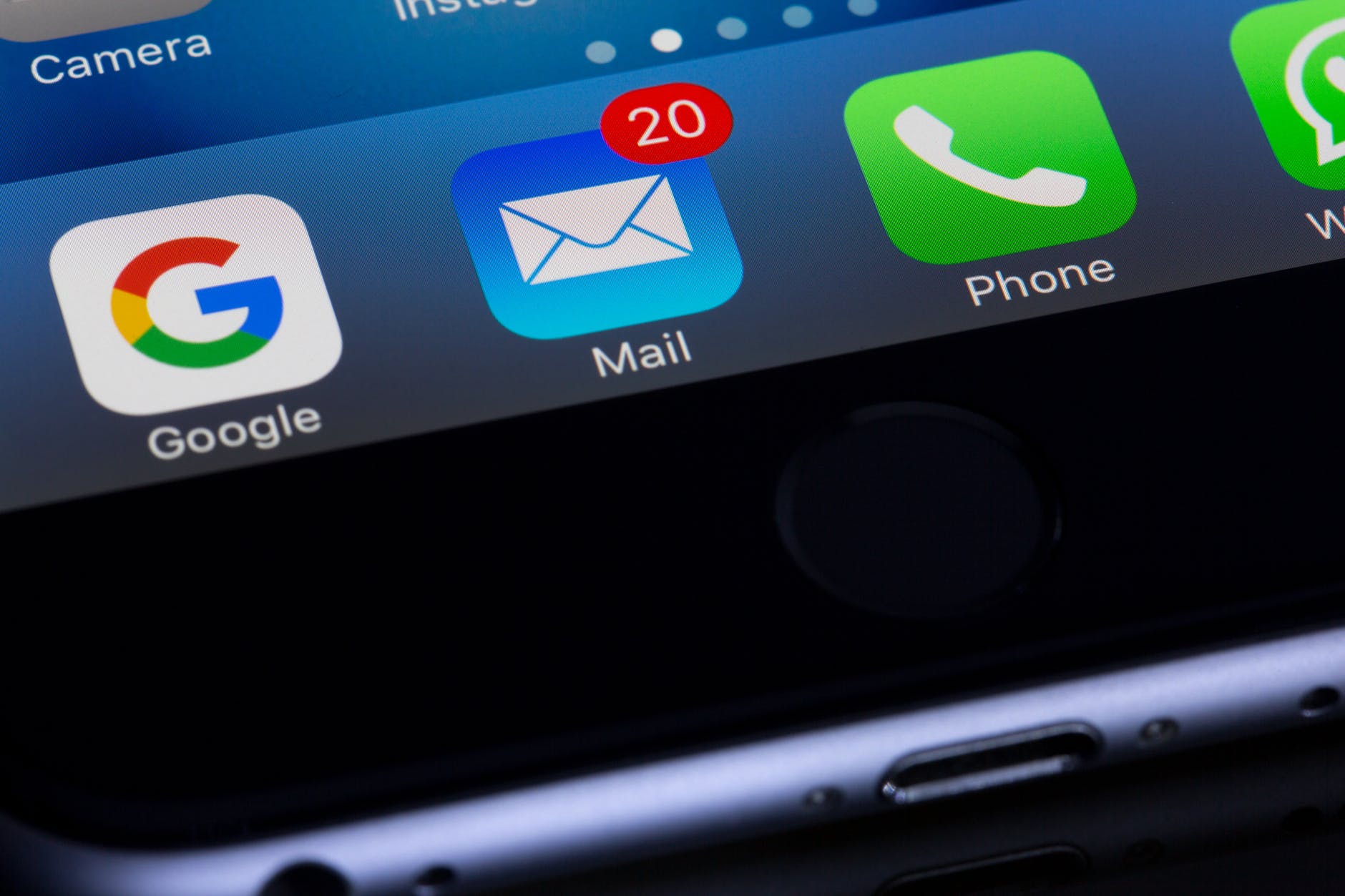
It is a serious issue for the sender’s reputation and email deliverability when Emails end up in the spam folder.
Mail servers use many different techniques for preventing emails from landing in Spam.
You have to constantly adapt to the anti-spam measures and modify your server configurations to help reduce spam.
In this article, we will find out how to preventing Emails from landing in the spam folder and to maximize your email deliverability.
IP Address And Domain
An IP address is a unique set of numbers that is assigned to a sender by an ISP (Internet Service Provider). It is used to send emails on behalf of your domain name while Domain is the part of an email address listed after @ symbol. A domain name provides identity to an email from where it originated for both recipients and mailboxes.
- Email blacklists are databases of IP addresses and domains that have been reported and listed to be sending spam.
- If your Domain or IP address gets blacklisted then you will require additional spam filters for your Emails to be delivered in the user’s inbox.
Based on the feedback from the users, blacklists also identify IP addresses and Domains as spam. If your IP address and Domain sends emails to inactive email addresses then it may also have been turned into spam traps.
- When senders purchase, rent, or harvest email addresses from the different sources and send Emails to promote their product and services then this type of trap is “Pristine spam”.
- When a real person’s Email address has been deactivated for a long time or was abandoned and your Email has been bounced from the receiving server then it comes under “Recycled Spam”.
Mailbox providers pay attention to blacklisting when a user applies filters in their decisions. There are various tools like- MXtoolbox that can help you in knowing where you are blacklisted.
Use double opt-in subscriptions to reduce the risk of the blacklist. This will protect your mailing list from invalid and non-existent Email addresses and spam traps. The Double opt-in method helps you to get confirmation about the users when they subscribe and sign up via your subscription form.
Authenticate Your Messages
Authenticating your messages protects your recipients from malicious email and makes it less likely to be rejected or marked as spam.
If you use a domain hosting service or an email provider for your email then you have to use the provider’s instructions for setting up the authentication for each of your sending domains. These are set up at your domain provider to minimize the chance that your messages are marked as spam. Server settings to preventing emails from landing in spam folder.
- Create an SPF (Sender Policy Framework) record for your domain. It prevents spammers from sending unauthorized messages from your domain.
- Enable DKIM (DomainKeys Identified Mail) for your messages. This will be verified by the receiver’s server to know the domain owner of the message.
- Publish a DMARC (Domain-based Message Authentication, Reporting, and Conformance) that allows the sender to verify that their email is properly authenticated using DKIM and SPF records and reduces email phishing and spoofing. Server settings to preventing emails from landing in spam folder.
Conclusion
There is no single thing that you can do to ensure that all your Email and messages are delivered successfully. Be a good sender by paying attention to all the reasons for the low deliverability of your Emails. This will help you in delivering more successful Emails and thus preventing Emails from landing in spam folders. Check the best learning management system.

